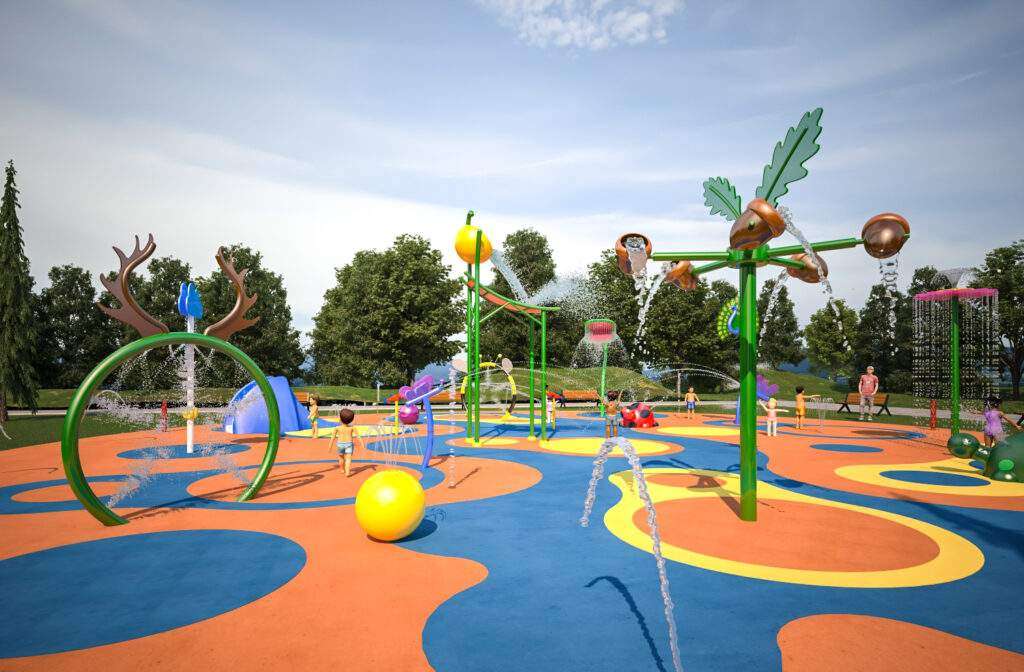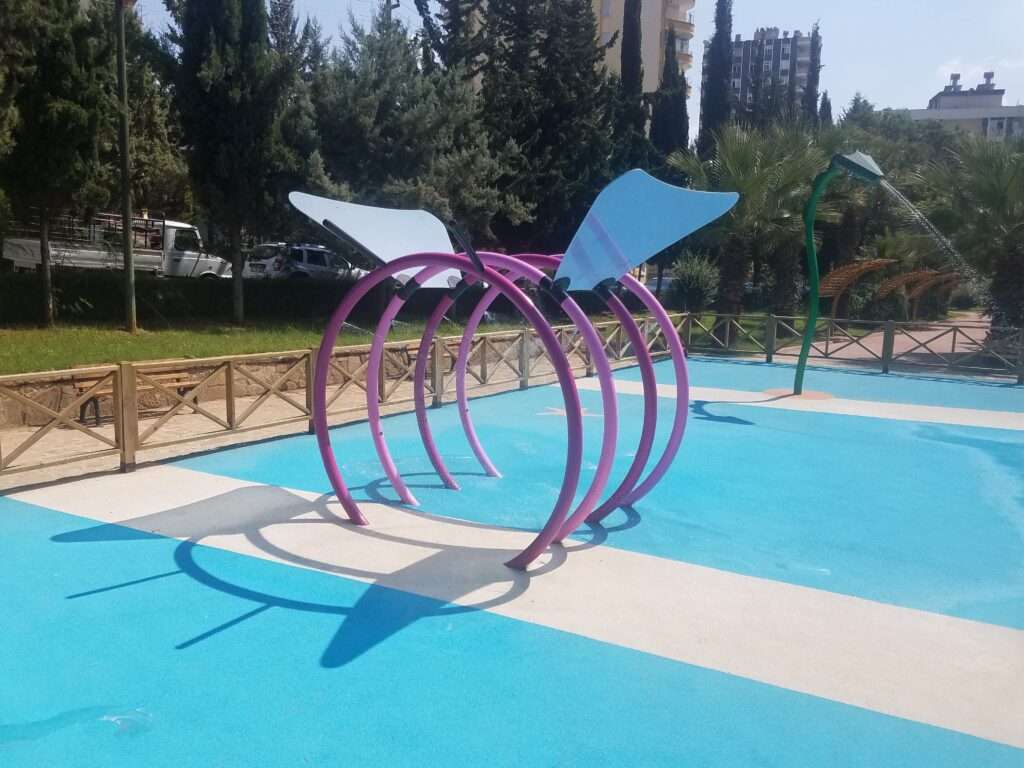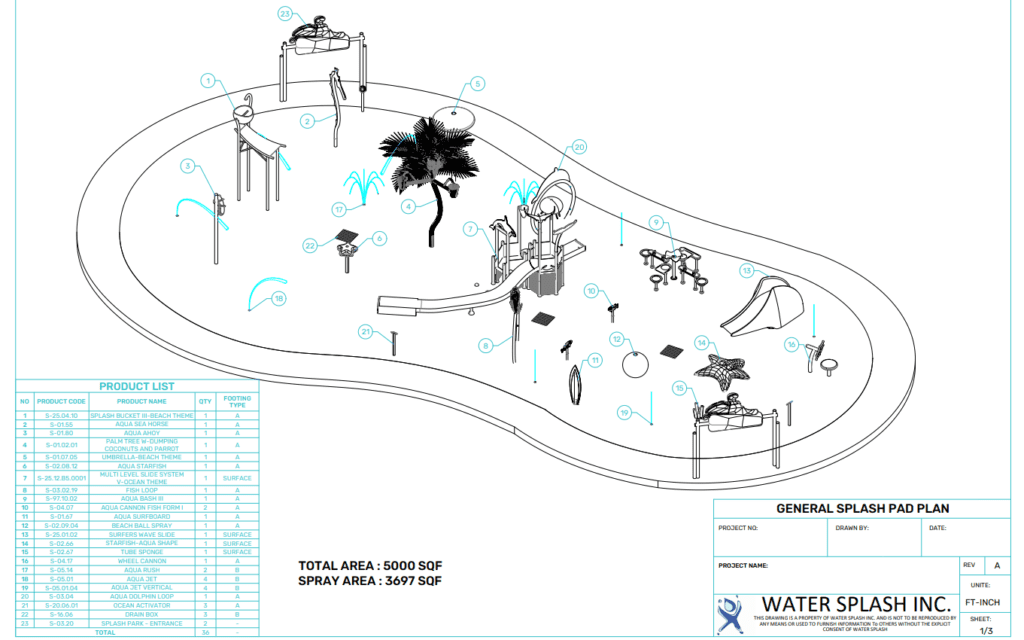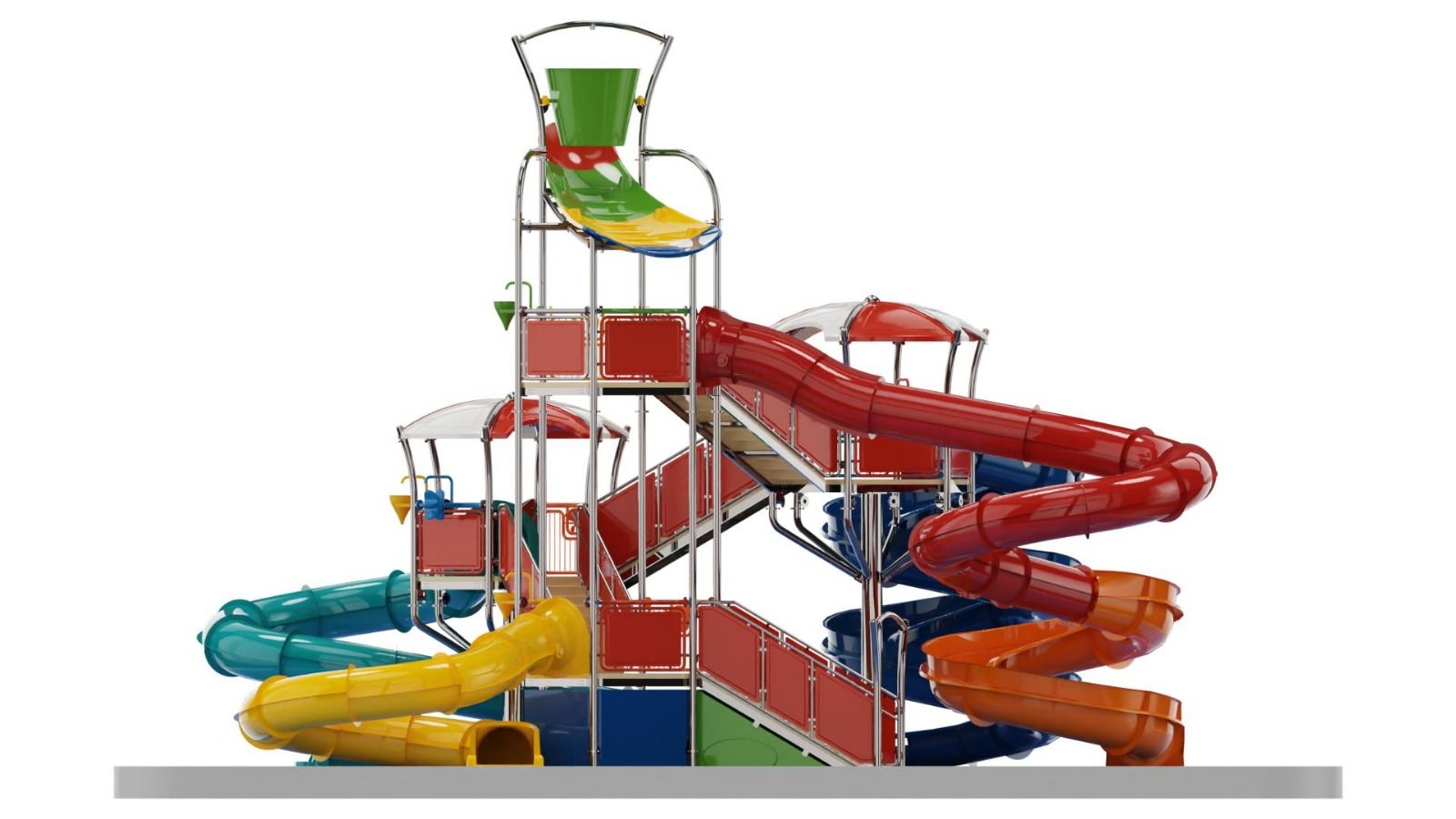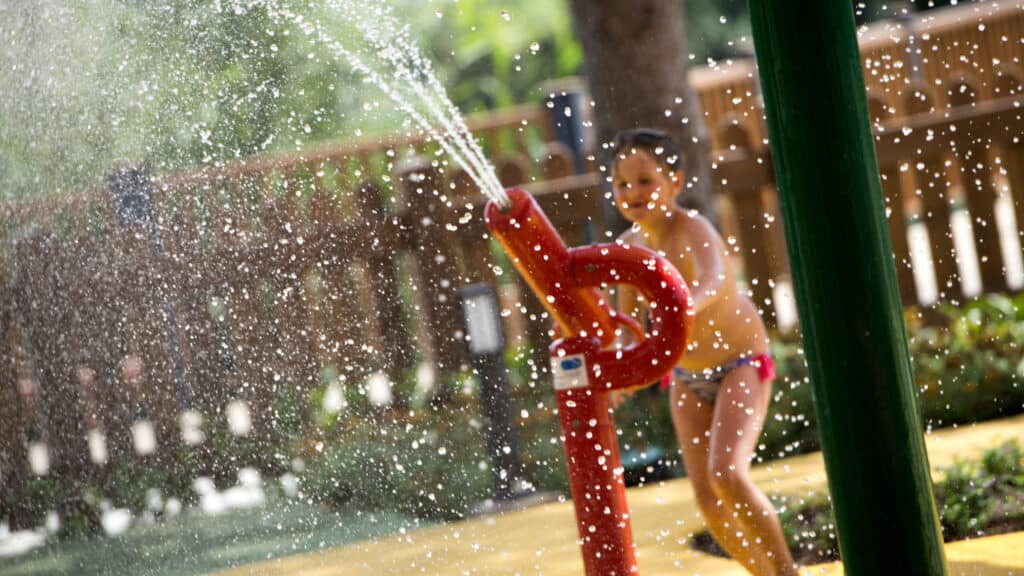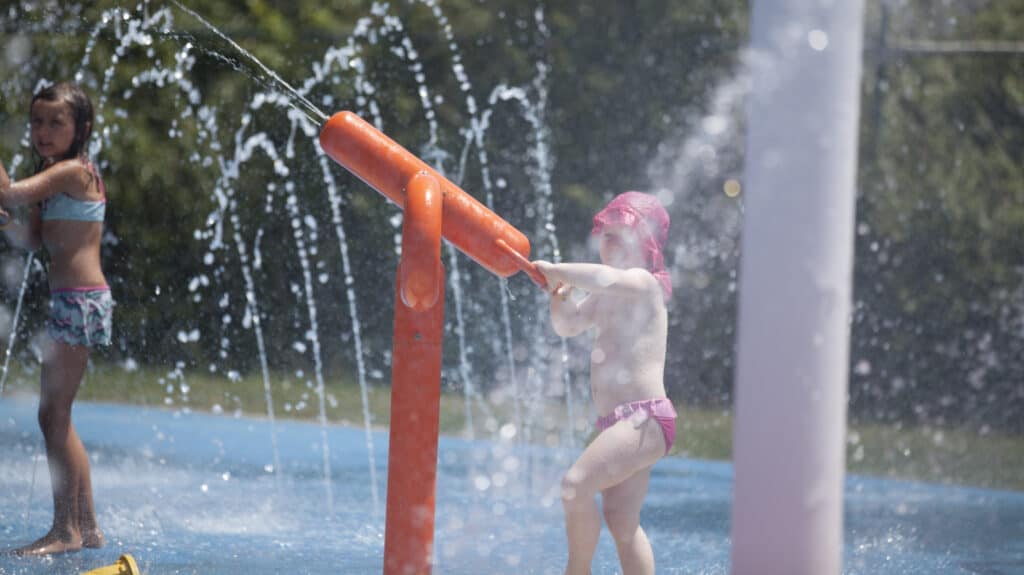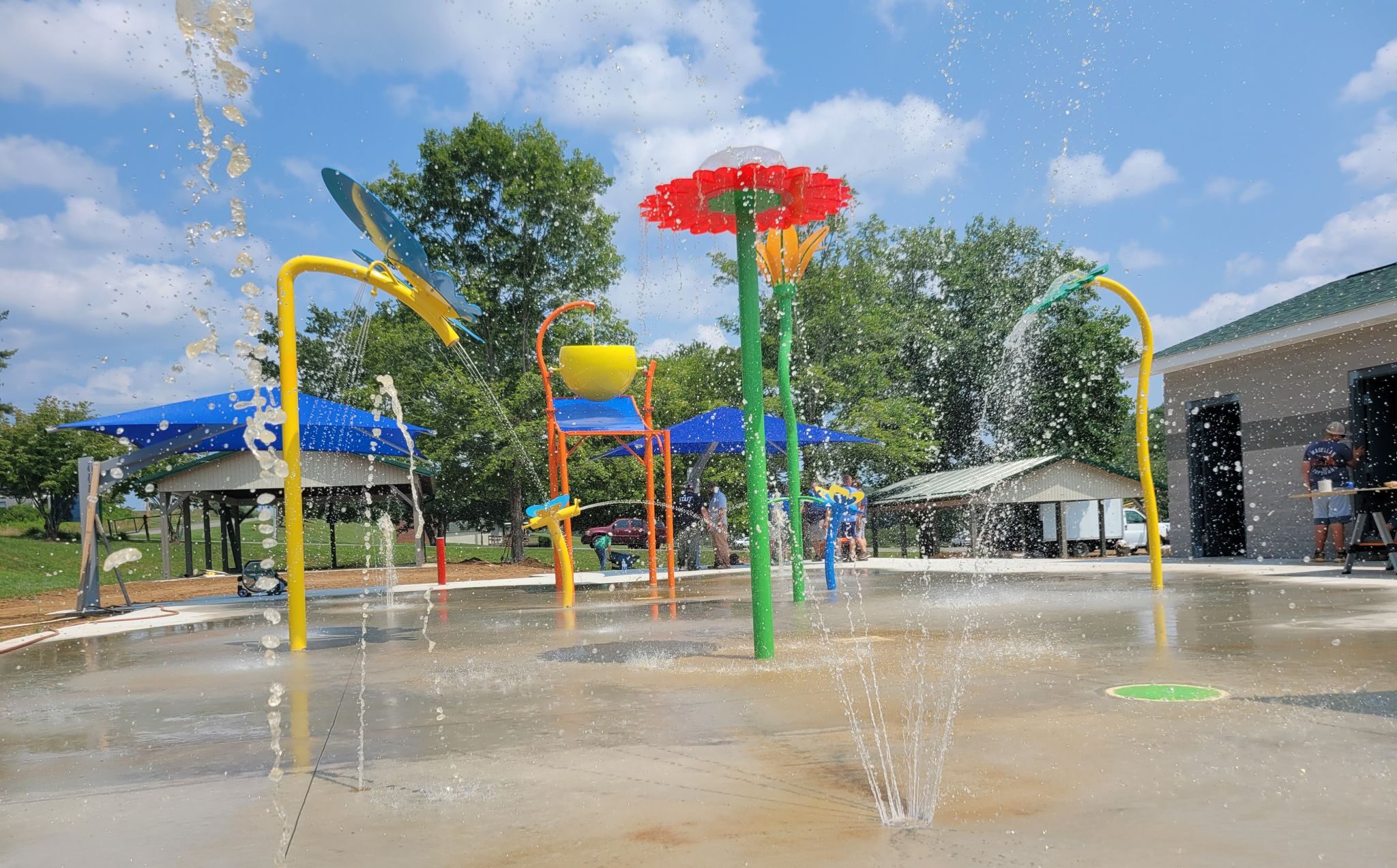
Playground Grants and Budgeting Assistance
Splash Park & Playground Grants How to solve this problem ? Playground Grants and Budgeting Assistance Implementing a new playground requires careful planning, budgeting, and sometimes additional funding. At Water Splash, we are committed to helping communities create safe and fun play environments by providing the tools, support, and resources needed to make your playground project a success. Why Apply for Playground Grants ? Financing your playground project is an important part of the process. Grants can help bridge the gap between your budget and the actual costs of construction, materials, and installation. Whether you are planning a small local park or a larger community playground, there are many grant opportunities at the local, state, and federal levels that can provide the financial support you need. Available Playground Grants: 1) Government Funding: Local municipalities and county governments often have special funding for recreational areas. 2)Private Foundations: Many private organizations and charities provide funding for public playgrounds. 3)Corporate Sponsorships: Large corporations may provide grants as part of their community outreach and corporate social responsibility efforts. How to Secure a Playground Grant Securing a grant requires research and planning. Here are some important steps to get you started: Research Available Grants: Look for grants that fit the size, location, and scope of your project. Start by checking local government websites, nonprofit organizations, and online grant databases. Here is some of companies and foundation across to US that has grant options: American Association of Retired Persons (AARP) and FitLot Aegon Transamerica Foundation Bank of America Charitable Foundation Burlington Northern Santa Fe (BNSF) Railway Foundation Christopher & Dana Reeve Foundation Citizens Bank The Coca-Cola Foundation The Conagra Brands Foundation Costco Foundation CSX CVS The Darden Foundation The David and Lucile Packard Foundation Discover The Enterline Foundation Foresters Financial™ Ford Motor Company Fund Fuel Up to Play 60 General Motors Google Ad Grants The H & R Block Foundation The Home Depot Foundation The Humana Foundation The JPMorgan Chase Foundation KABOOM! grants The May & Stanley Smith Charitable Trust MetLife Morgan Stanley Foundation National Education Association (NEA) Network for Good Norfolk Southern (NS) Foundation Project Fit America Shell Oil Company Foundation Surdna Foundation TJX Companies, Inc. U.S. Bank Foundation Walmart Foundation Wells Fargo Foundation W.K. Kellogg Foundation Create a Budget: Having a detailed budget is essential. Break down the costs of each component of the project: design, materials, equipment, and labor. This will not only help you apply for the right amount of funding, but it will also make your application more competitive. Prepare a Proposal: Most grants require a proposal or application. Be sure to clearly define the purpose of your playground, how it will serve the community, and how it will impact children and families.Submit Your Application: Once you have gathered all the required documents, submit your application. Make sure you meet all deadlines and have all the required documents attached. Budgeting for Your Playground Project Even with grant funding, it’s important to plan your budget carefully. Here are some tips to keep your project on track: Get Accurate Quotes: Make sure to get quotes from multiple suppliers and contractors. This will give you a more accurate estimate of the costs involved and help you stay within your budget.Allow for the Unexpected: Building any play structure can involve unexpected costs, so it’s wise to set aside some of your budget for the unexpected.Get Involved from the Community: Involving local families and community members in the planning process will ensure that your playground meets their needs and that you have their support during your fundraising efforts. Get Started on Your Playground Project Today! Our experienced team is here to help you every step of your playground planning journey. From exploring financing options to building the playground of your dreams, we’re here to help you turn your vision into reality. Contact us today to get started on your playground project. Contact For Playground Grants!

